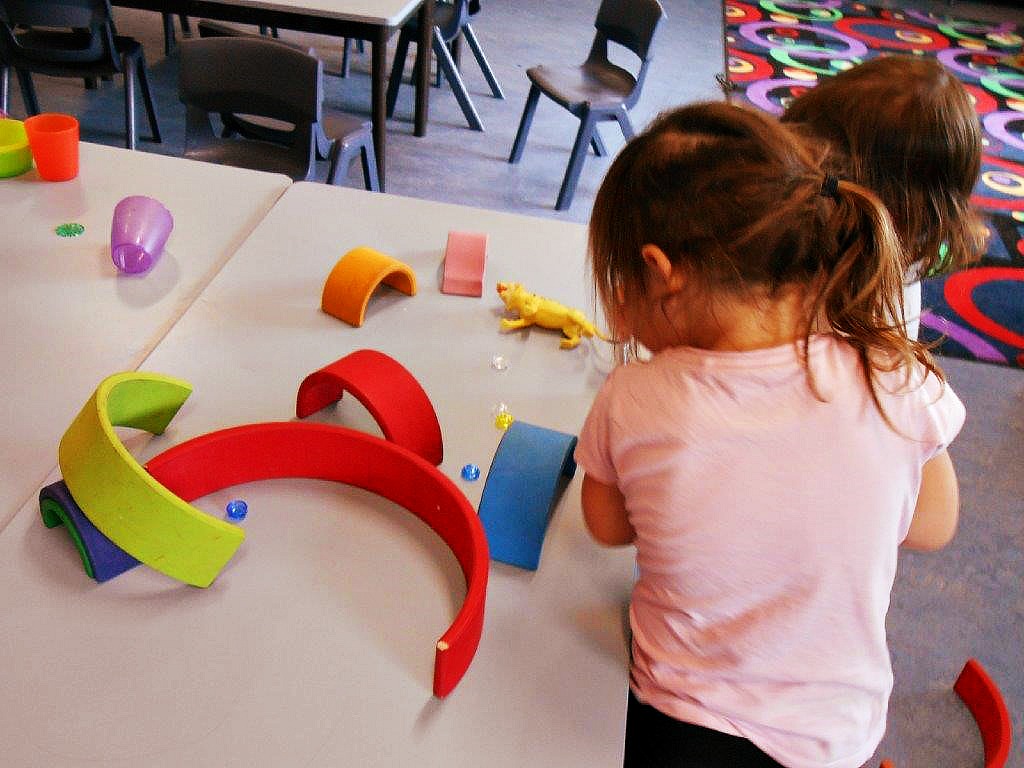- Home
- Our Committee
- About Us
- Advocacy and Policy
- Media & Publications
- Blog
- Partners
The following case study was provided by Bonkers Beat Music Kinder and Childcare, Aspendale, Victoria.
It originally appeared in ACA's Belonging Early Year Journal, Volume 7 Number 3 2018

Bonkers Beat Music Kinder and Childcare, Aspendale, Victoria
“Bonkers Beat is the first dedicated music kinder in Australia that provides a holistic approach to learning and has music and wellness as the foundation for its curriculum” says Galina Zenin, the program’s founder and director.
“The program empowers children, educators and parents by embedding music, yoga and meditation practices into the daily curriculum. We believe this lays the foundation for children to enhance their wellbeing and instil a love of lifelong learning.”
The following case study was provided by Malvern Springs ELC, Ellenbrook, Western Australia.
It originally appeared in ACA's Belonging Early Year Journal, Volume 7 Number 3, 2018.

Malvern Springs ELC, Ellenbrook, Western Australia
At Malvern Springs Early Learning Centre our education program focuses on the building and developing of the children’s knowledge, ideas, culture abilities and interests.
The program content is based on the developmental milestones we have identified that the children need to strengthen, in conjunction with the children’s natural interests, what the children have been interested in the previous fortnight, and the input and feedback from families as to what they would like to see their children learning/developing.
We encourage our educators to adopt intentional teaching practices, inviting the children to take an active role in their learning by sharing their interests and ideas, helping them to become involved in play, and building on interests and ideas that they observe. We scaffold the children’s learning by asking open questions, role modelling and ensuring that our daily activities are learning focused and provide a variety of learning experiences.

If a family plans to take a child on an extended holiday, it is worth having a conversation with them in good time about their options for holding their place in your service.
The Child Care Provider Handbook has this to say, in Chapter 6.1, about long absences:

Over six months have passed since the early learning sector’s transition to the new Child Care Subsidy (CCS), which took effect on 2 July 2018.
Impact on families
Quite rightly, the introduction of the new Child Care Subsidy has raised many questions among the sector about the impacts on families and identifying those that will benefit from the new system and those who are worse off.
We know that those households with one stay at home family member and an income over $65,710 now receive no subsidy whatsoever under the new Child Care Subsidy. It has been estimated that over 30,000 families who were eligible for some level of subsidy under the previous system are no longer receiving any support at all.